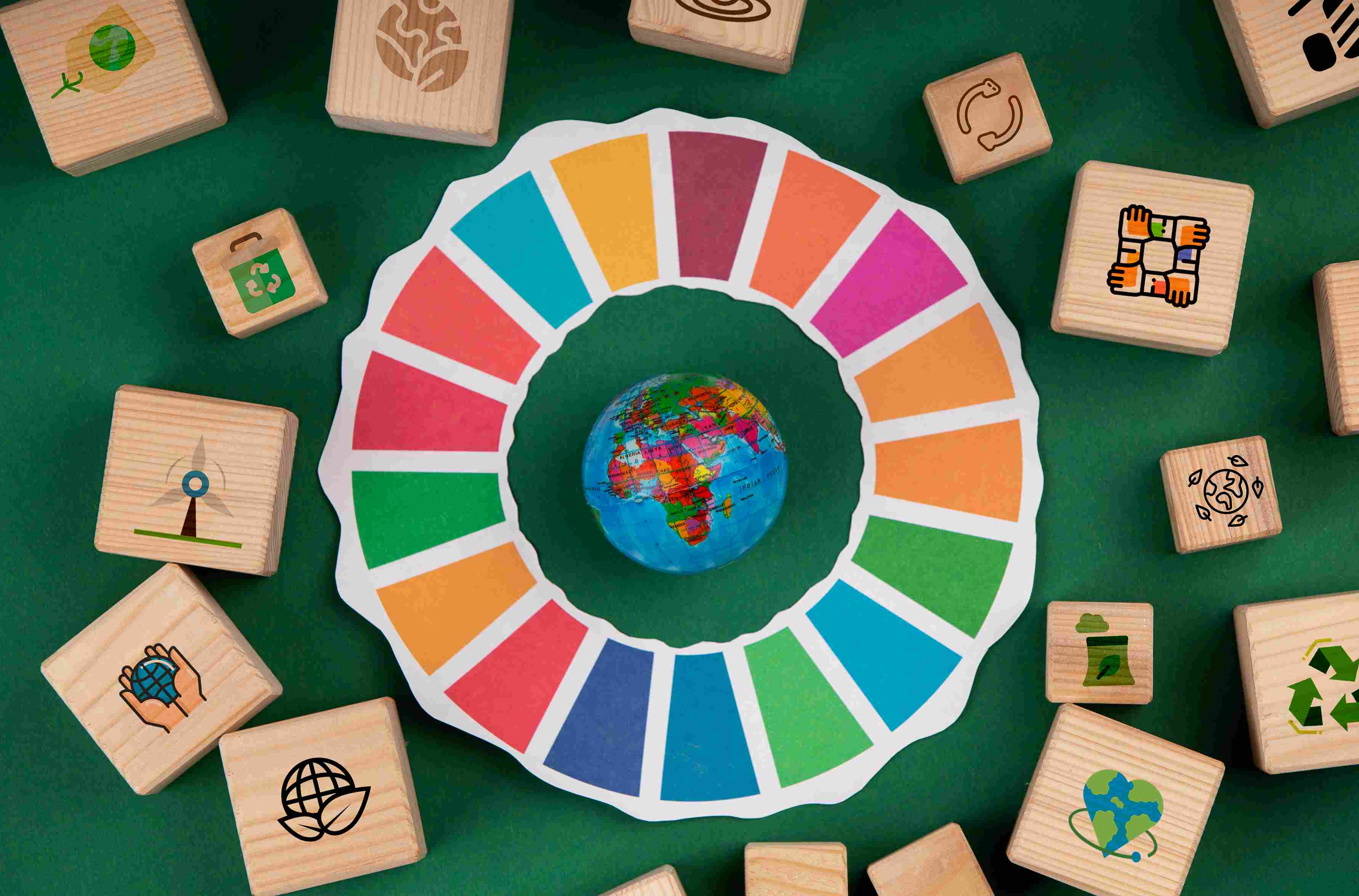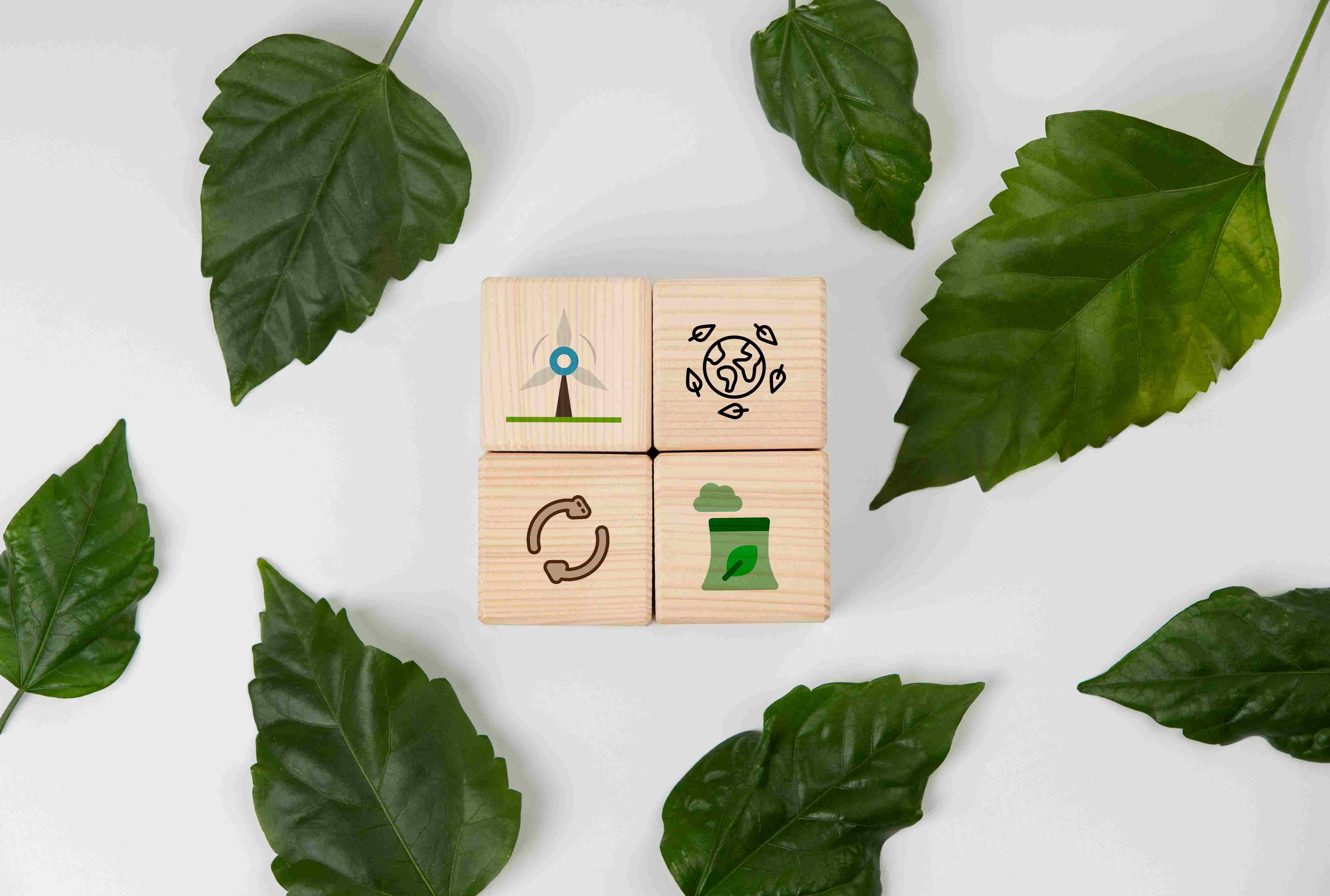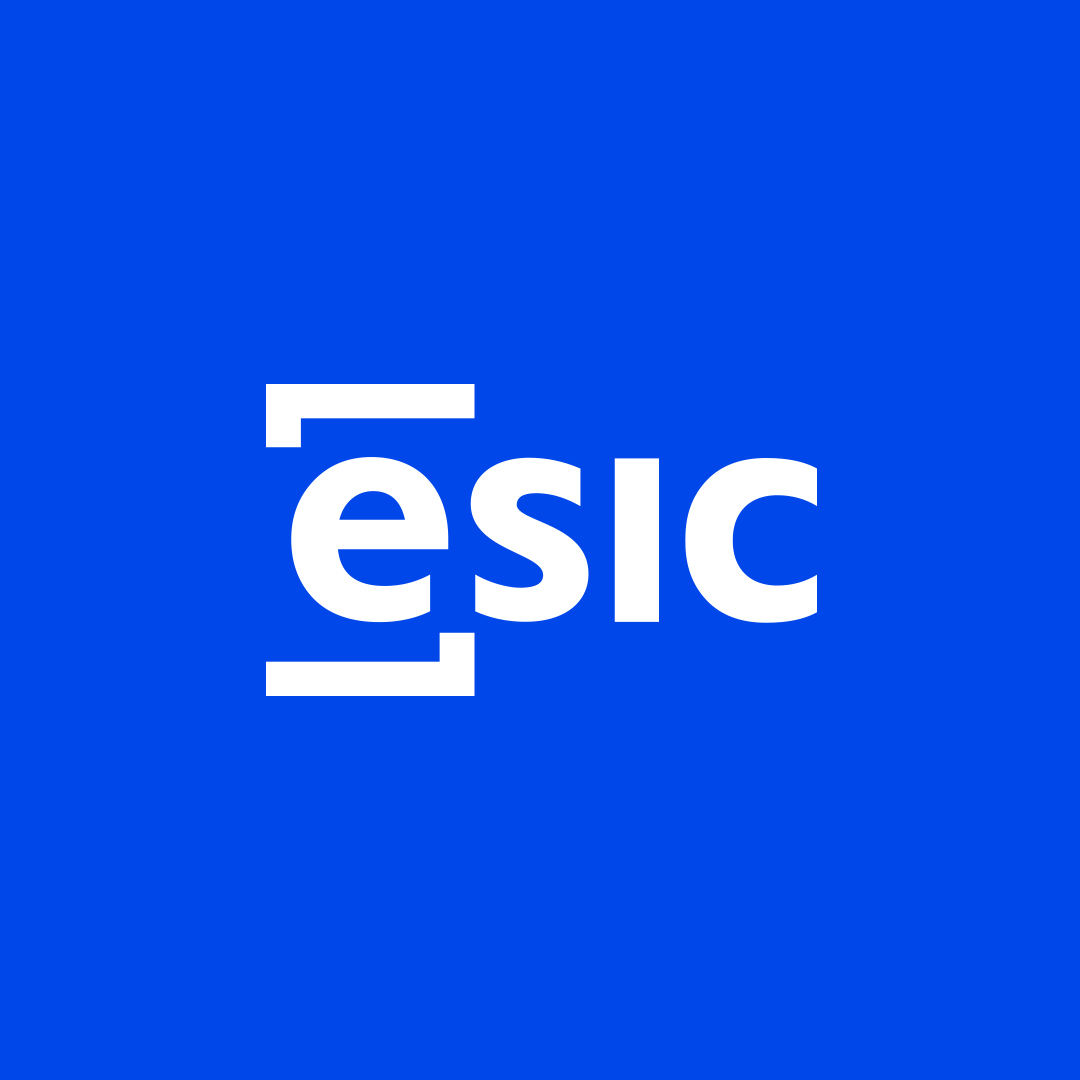
Playing YouTube: How the Nancy YouTuber doll and app position children as aspiring YouTube influencers
Tecnología | Artículo-
Visitas1638
- Febrero 2022
- Fecha de publicación
- Febrero 2022
- Tecnología
- Artículo
This is a scholarly original article published in a Q1 Journal in the field of Cultural studies. It is co-written with two highly recognized scholars from Curtin University in Perth, Australia.
In this article, we critically analyze the Nancy YouTuber, a contemporary update of the popular Nancy doll that promises children the experience of playing as a YouTuber with the help of a companion app. This hybrid toy (physical doll and companion app) is part of a growing trend of children’s toys modeled on YouTube influencers. These toys capitalize on children's aspirations to become YouTubers. We use Spain, where the doll originates, to contextualize these findings. Spain has a an unusually high number of child YouTubers and a long history of child-star celebrities. This study examines the Spanish context of this toy and the increasing demand for Spanish-speaking children content creators on YouTube (as Spanish is the second-most spoken language in the world) to attract children audiences to market products through peer-to-peer influencer marketing.
Nancy YouTuber’s app is one of the first to provide a fictitious YouTube channel, introducing children to YouTube’s affordances. This particular toy and companion app differentiates from similar toys and apps in the market as it goes beyond simple video creation and editing tools. In addition to providing a fictitious YouTube channel, it includes a full tutorial to emulate YouTuber expected behavior.
The doll and app, as an assemblage encourage young children to recreate product reviews and unboxing videos in a commercial context, as well as internalize commercial digital identity performances. This study finds embedded features and cultural discourses in the toy and app that normalize the commodification of children as self-brands and promotional intermediaries in the guise of entertainment. Toys not only impact a child’s social, educational, and cultural development but also have a meaningful influence on their understanding of everyday behavior and rituals (Sutton-Smith, 1992). Play-based apps such as the Nancy YouTuber app contribute to a broader social acceptance of young children as active online content creators and participants in digital spaces.
This article debates and stimulates a discussion regarding play-based apps targeting young children. Research on play-based apps (and hybrid toys that include companion apps) is underexplored. This highlights the need for scholars to continue studying physical toys that relate to play-based apps since they seamlessly bridge the digital and physical worlds through the realm of play, and help shape how children interpret the world around them.
- Alexandra Ruiz-Gomez is an Associate Lecturer at ESIC University; and a Ph.D. candidate at Universidad Complutense of Madrid with over 20 years of practitioner experience in Advertising and Marketing agencies working with children brands. Twitter: @alexandraruiz
- Tama Leaver is a Professor of Internet Studies at Curtin University, a Chief Investigator on the ARC Centre of Excellence for the Digital Child, and President of the Association of Internet Researchers (AoIR). Twitter: @tamaleaver Web presence is www.tamaleaver.net.
- Crystal Abidin is an Associate Professor, Principal Research Fellow, and ARC DECRA Fellow in Internet Studies at Curtin University; Programme Lead of Social Media Pop Cultures at the Centre for Culture and Technology; and Affiliate Researcher with the Media Management and Transformation Centre at Jönköping University. Twitter @wishcrys. wishcrys.com.
También te puede interesar

Agenda 2030: qué es y para qué sirve
En el mundo profesional y empresarial actual, entender la Agenda 2030 se ha convertido en una necesidad estratégica. Este plan de acción global fue oficialmente adoptado el 25 de septiembre de 2015 ...
- Publicado por _ESIC Business & Marketing School

¿Qué es el software de código abierto?
El software de código abierto ha revolucionado el mundo tecnológico y cuenta con una comunidad que actualmente incluye a más de 83 millones de desarrolladores en GitHub y más de 20 millones de r...
- Publicado por _ESIC Business & Marketing School

¿Qué es la resiliencia climática?
El planeta se enfrenta a una realidad innegable: la temperatura media ha subido 1,1 °C desde la era preindustrial. Este aumento desencadena fenómenos meteorológicos extremos que ponen en peligro nu...
- Publicado por _ESIC Business & Marketing School

